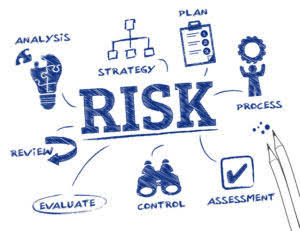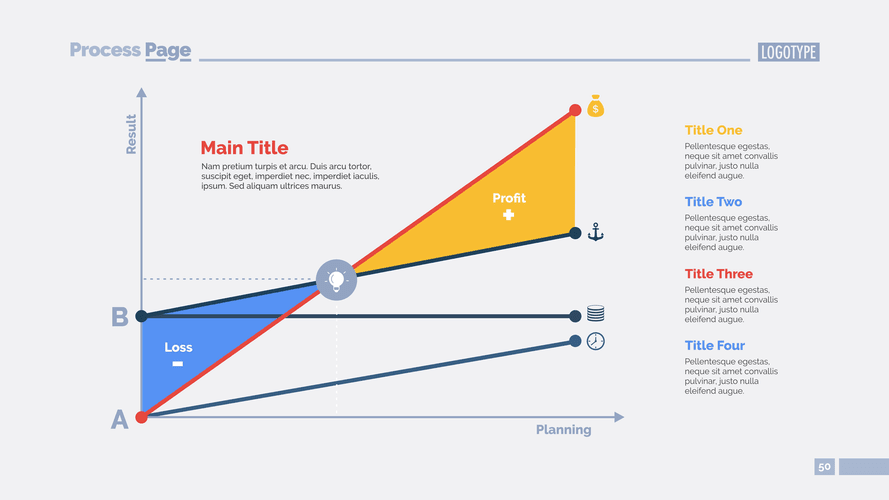
However, when the depreciation rate is determined this way, the method is usually called the double-declining balance depreciation method. Though, the double-declining balance depreciation is still the declining balance depreciation method. However, accelerated depreciation does not mean that the depreciation expense will also be higher. Instead, the asset will depreciate by the same amount; however, it will be expensed higher in the early years of its useful life.
While straight-line depreciation rates offer more stable expense reporting, the double-declining balance method takes a more detailed—and often realistic—view. It accommodates fixed assets like machinery, vehicles, or technology that depreciate rapidly at first, before slowing as time goes on. The declining balance depreciation method Insurance Accounting is used to calculate the annual depreciation expense of a fixed asset. Alternatively the method is sometimes referred to as the reducing balance method, or the diminishing balance method. One of the reasons DDB is considered an accelerated depreciation method is its focus on aligning expenses with the asset’s performance and value.

Compared to the standard declining balance method, the double-declining method depreciates assets twice as quickly. Depreciation is the reduction in value of a long term (fixed) asset due to wear and tear. The depreciation expense can be calculated using a number of methods including straight line, declining balance, and units of production. Each of these methods will provide a different depreciation estimate for each year of the life of the asset. A declining balance method is used to accelerate the recognition of depreciation expense for assets during the earlier portions of their useful lives. This leaves less depreciation expense to be recognized later in their useful lives.
Also, this yearly rate of depreciation double declining balance method is usually in line with the industry average. The MACRS method for short-lived assets uses the double declining balance method but shifts to the straight line (S/L) method once S/L depreciation is higher than DDB depreciation for the remaining life. Aside from DDB, sum-of-the-years digits and MACRS are other examples of accelerated depreciation methods. They also report higher depreciation in earlier years and lower depreciation in later years. If you make estimated quarterly payments, you’re required to predict your income each year.

As a prolific writer, she leverages her expertise in leadership and innovation to empower young professionals. With a proven track record of successful ventures under her belt, Erica’s insights provide invaluable guidance to aspiring business leaders seeking to make their mark in today’s competitive landscape. Yes, businesses can switch methods if they find another one suits their needs better. Now that we have a beginning value and DDB rate, we can fill up the 2022 depreciation expense column. Depreciation in the year of disposal if the asset is sold before its final year of useful life is therefore equal to Carrying Value × Depreciation% × Time Factor. No depreciation is charged following the year in which the asset is sold.
Multiply this rate by the actual units produced or hours operated each year to get your depreciation expense. Here, you divide the cost of the asset minus its salvage value by the number of years it’s expected to be useful. For example, if you buy a piece of equipment for $10,000 and expect it to last 10 years with no salvage value, you’ll charge $1,000 to depreciation each year. Netgain’s accounting automation solutions can transform your financial processes. Founded by Big 4 accountants, Netgain creates solutions for accountants’ biggest challenges.

It’s a strategic choice to match expenses with the asset’s productive period. Imagine a company purchases a machine for $50,000 with an estimated useful life of 5 years and no salvage value. The accelerated method is often used when as asset is likely to generate more income in its early years, so that the expenses of using the asset are matched to the income generated by it. In addition, it is also used when the asset is likely to be disposed of before the end of its useful life, such as motor vehicles or computers. When large amounts of depreciation are being recognized early in the life of an asset, this means that the carrying amount of the asset is severely reduced within a short period of time. If the asset is sold within a few years of its acquisition, this can result in the recognition of a large gain, since the carrying amount of the asset is likely to be well below its market value.
This method is faster than both the sum-of-the-years’ digits and straight-line methods. Apply this rate to the asset’s remaining book value (cost minus accumulated depreciation) at the start of each year. So if an asset with a 10-year life and no salvage value depreciates at 10% per year straight-line, the DDB rate would be 20%. This formula accelerates depreciation by applying a higher expense in the earlier years of the asset’s useful life. Unlike straight-line depreciation, the DDB method doesn’t consider salvage value in calculations until the final year, when the book value approaches the salvage value.
Depreciation rates used in the declining balance method could be 150%, 200% (double), or 250% of the straight-line rate. When the depreciation rate for the declining balance method is set as a multiple, doubling balance sheet the straight-line rate, the declining balance method is effectively the double-declining balance method. Over the depreciation process, the double depreciation rate remains constant and is applied to the reducing book value each depreciation period. The book value, or depreciation base, of an asset, declines over time. The formula used to calculate annual depreciation expense under the double declining method is as follows.